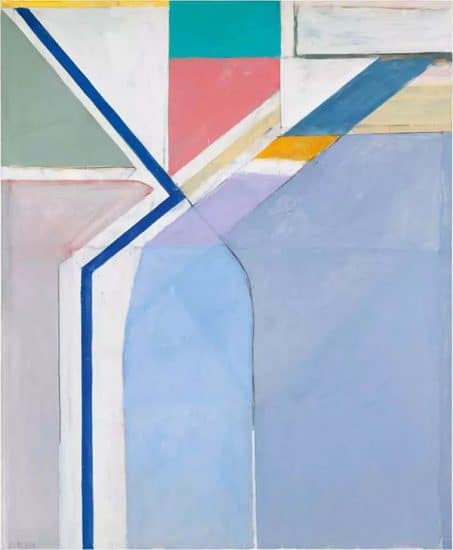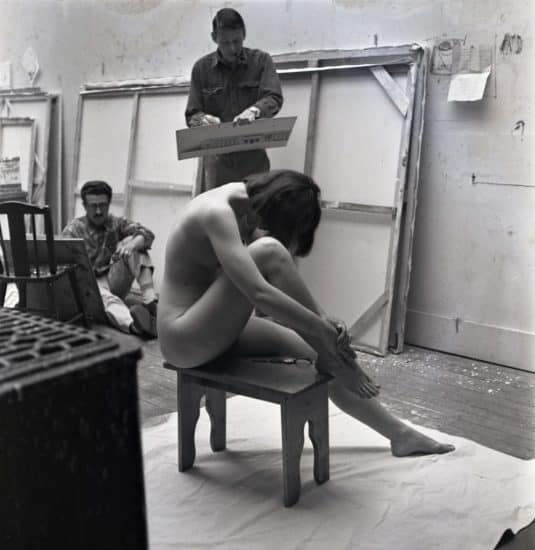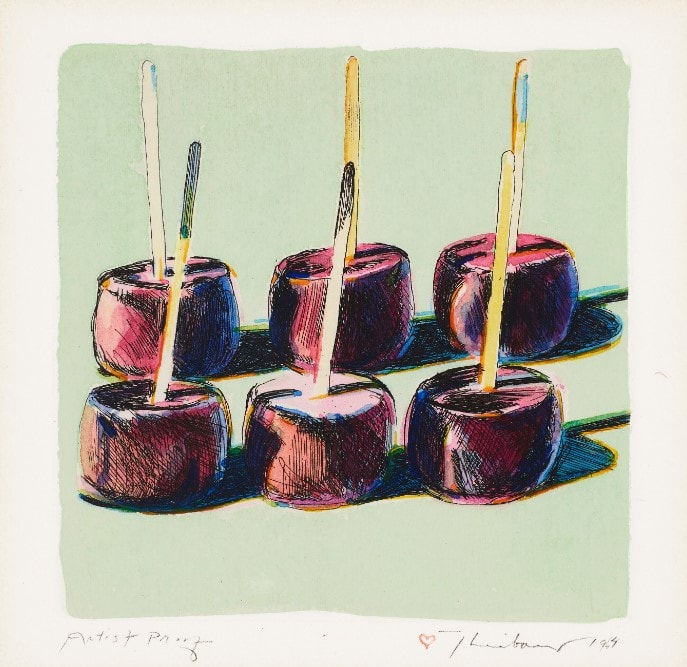Richard Diebenkorn was an American painter and printmaker whose work played a significant role in the development of post-war American art. Born on April 22, 1922, in Portland, Oregon, Diebenkorn's artistic career spanned several decades, and he is best known for his abstract expressionist and later figurative works. His unique style and exploration of color, light, and space solidified his reputation as one of the most influential artists of his time.

Diebenkorn first gained recognition in the 1950s as a leading figure of the Bay Area Figurative Movement. This movement emerged as a response to the dominance of abstract expressionism and sought to reintroduce figurative elements into painting. Diebenkorn's early works showcased his ability to merge elements of abstraction with representational subjects, capturing the essence of California's landscapes and urban scenes.
Throughout his career, Diebenkorn worked in various mediums, including oil paint, watercolor, gouache, and printmaking. His mastery of these mediums allowed him to create works that were both visually striking and emotionally resonant. Diebenkorn was particularly known for his exceptional use of color, often employing vibrant palettes and bold contrasts to convey mood and atmosphere.
One of Diebenkorn's most celebrated bodies of work is his "Ocean Park" series, which he began in 1967 and continued until his death in 1993. Inspired by the views from his studio in Ocean Park, California, these paintings feature abstract compositions with geometric shapes and overlapping planes of color. The series evolved over time, with earlier works emphasizing a more muted palette and later pieces introducing bolder hues and increased complexity. The "Ocean Park" series demonstrated Diebenkorn's ability to capture the essence of place through abstraction, inviting viewers into his contemplative and serene world.

In the late 1960s and early 1970s, Diebenkorn shifted away from abstraction and returned to figurative painting. This transition marked a significant departure from his earlier works and showcased his versatility as an artist. The figurative works from this period often depicted domestic scenes, interiors, and still lifes, characterized by loose brushwork, rich textures, and a sense of quiet introspection. These works revealed Diebenkorn's deep understanding of composition and his ability to evoke emotion through his painterly approach.
Among Diebenkorn's notable figurative works is his "Albuquerque" series, created during a sabbatical in New Mexico in the mid-1950s. These paintings showcase his exploration of the human figure within a desert landscape. The series captures the vastness and solitude of the Southwestern United States, depicting figures in contemplative poses against a backdrop of open spaces and earthy tones.

Diebenkorn's work has been widely exhibited and is included in numerous museum collections around the world. His artistic legacy continues to influence generations of artists. His ability to navigate between abstraction and figuration, his masterful use of color and composition, and his dedication to exploring new artistic territories make him a central figure in 20th-century American art.
Richard Diebenkorn's contributions to the art world extend beyond his individual artworks. As a teacher at the University of California, Berkeley and the University of California, Los Angeles, he mentored and inspired many emerging artists, leaving a lasting impact on the artistic community. His artistic journey, from abstract expressionism to figurative painting, showcases his willingness to embrace artistic evolution and his commitment to pushing the boundaries of his own practice.

